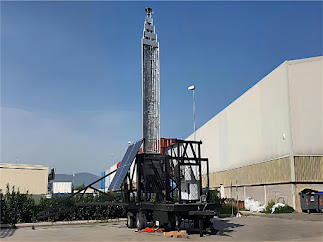Common Materials Used for Solar Panel Mounting Structures
Solar mounting structures are typically made from durable and corrosion-resistant materials that can withstand outdoor conditions. Here are some common materials used for solar mounting structures: 1. Aluminum: Aluminum is a popular choice for solar mounting structures due to its lightweight nature, corrosion resistance, and ease of installation. It offers good structural strength while being relatively lightweight, making it suitable for rooftop and ground-mounted systems. Aluminum structures are also recyclable, which aligns with the sustainable nature of solar energy. 2. Galvanized Steel: Galvanized steel is known for its strength, durability, and cost-effectiveness. Steel structures are robust and can handle heavy loads, making them suitable for large-scale ground-mounted solar installations. The galvanized coating provides protection against corrosion, extending the lifespan of the structure. 3. Stainless Steel: Stainless steel is highly resistant to corrosion, ma...
